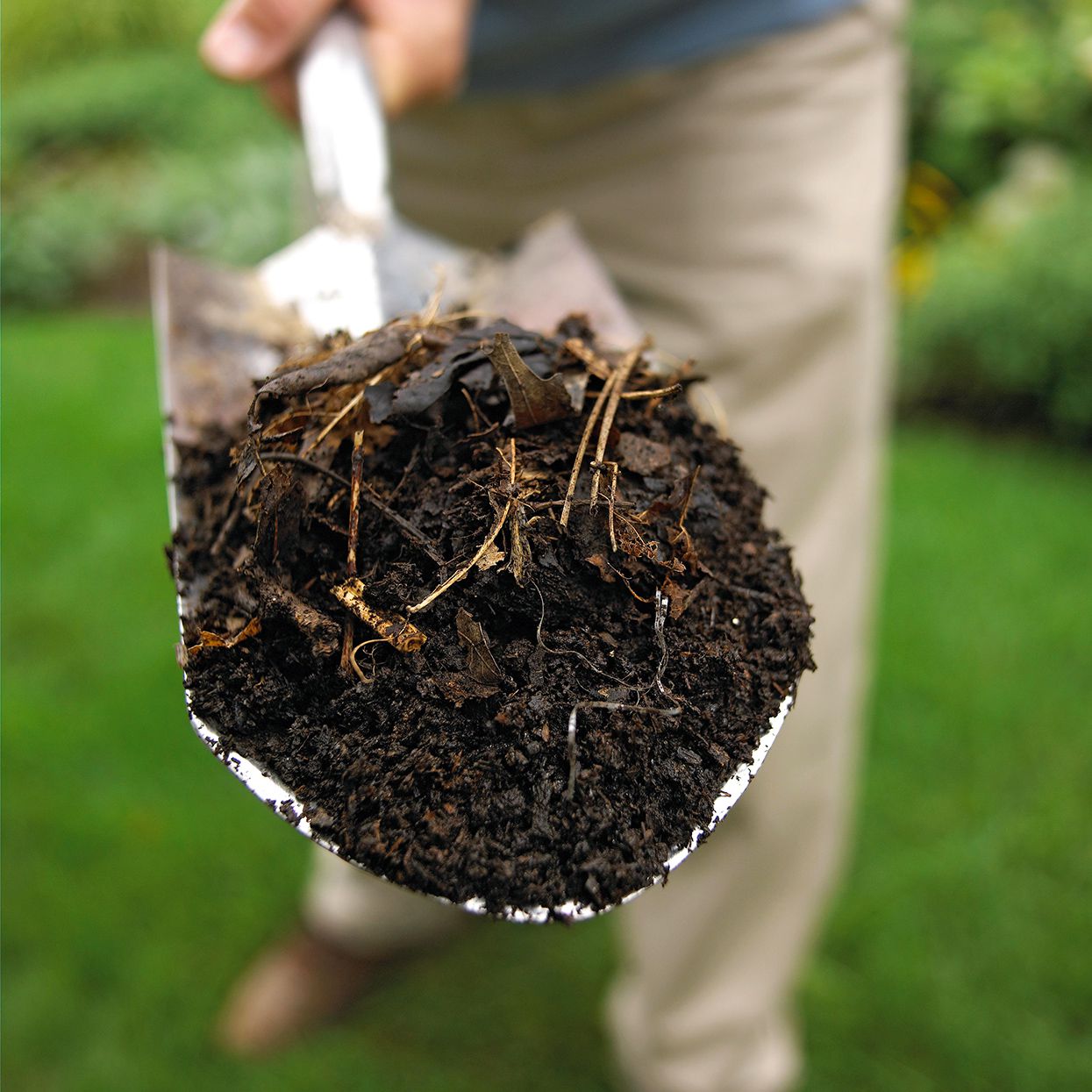

Articles
How To Store Compost
Modified: August 18, 2024
Learn effective methods for storing compost with our comprehensive articles. Make the most of your organic waste and create nutrient-rich soil for your garden.
(Many of the links in this article redirect to a specific reviewed product. Your purchase of these products through affiliate links helps to generate commission for Storables.com, at no extra cost. Learn more)
Introduction
Composting is a natural and sustainable way to recycle organic waste into nutrient-rich soil. It not only reduces our environmental impact but also provides us with a valuable resource for gardening and landscaping. However, proper compost storage is vital to maintain the quality and effectiveness of the composting process.
In this article, we will explore the importance of proper compost storage and provide tips and guidelines to help you store compost effectively. Whether you are using a compost bin or a compost pile, these storage practices will help you maximize the benefits of your composting efforts.
Let’s delve into why proper compost storage is crucial for successful composting.
Key Takeaways:
- Proper compost storage is crucial for preserving nutrients, controlling odors, preventing pest infestation, reducing weed seeds, and managing moisture levels, ensuring effective and beneficial compost for your plants.
- Factors to consider when storing compost include location, container or pile, size, material access, aeration, sunlight, and drainage, all contributing to creating an ideal storage environment for efficient decomposition.
Read more: How To Store Compost Tea
Why is proper compost storage important?
Proper compost storage plays a crucial role in maintaining the quality and usability of your compost. Here are a few reasons why it is important:
- Preserves Nutrients: When compost is exposed to excessive heat, air, or moisture, it can lead to the loss of essential nutrients. Proper storage helps preserve these nutrients, ensuring that your compost remains nutrient-rich and beneficial for your plants.
- Controls Odor: Composting can produce unpleasant odors if not properly stored. The use of an airtight or well-ventilated container can help control and minimize any offensive smells, making composting a more pleasant experience.
- Prevents Pest Infestation: Improper storage methods can attract pests like rodents, flies, and insects, which can disrupt the composting process and create nuisances in your backyard. By utilizing proper storage techniques and containers, you can deter pests and maintain a healthy composting environment.
- Reduces Weed Seeds: Composting with weed-infested materials can lead to the spread of weed seeds in your garden. Adequate storage helps prevent these weed seeds from germinating and infiltrating your garden beds, saving you time and effort in weed management.
- Controls Moisture Levels: Excess moisture or waterlogged compost can hinder the decomposition process and create a slimy, anaerobic environment. Proper storage allows you to maintain optimal moisture levels, promoting the growth of beneficial microorganisms and facilitating decomposition.
By prioritizing proper compost storage, you can ensure the longevity and effectiveness of your compost, ultimately leading to healthier plants, lusher gardens, and reduced waste.
Factors to consider when storing compost
When it comes to storing compost, there are several factors you should consider to maintain its quality and usability. Here are some key factors to keep in mind:
- Location: Choose a suitable location for your compost storage. It should ideally be at a convenient distance from your garden or outdoor space, allowing easy access for future use. Additionally, consider factors such as sun exposure, wind patterns, and proximity to neighbors to ensure optimal conditions for composting.
- Container or Pile: Decide whether you prefer using a compost container or a compost pile. Containers offer a neat and contained storage solution, while piles allow for larger quantities of compost and more flexibility in turning and aerating the materials.
- Size: Consider the size of your compost storage area, whether it is a bin or a designated space for a pile. The size will depend on the amount of waste you generate and the space available in your backyard. Ensure that it is large enough to accommodate the compost materials and allow for proper ventilation.
- Material Access: It is important to have easy access to the stored compost. This will make it convenient for you to turn, aerate, and use the compost as needed. Ensure that there is enough space around the storage area to facilitate easy management and maintenance.
- Aeration: Good airflow is essential for successful composting. Whether you opt for a container or a pile, make sure it provides adequate ventilation. This will help prevent the accumulation of excess moisture, reduce the risk of anaerobic conditions, and encourage the growth of beneficial microorganisms.
- Sunlight: Consider the amount of sunlight your compost storage area receives. While some sunlight helps with the decomposition process, excessive exposure to direct sunlight can lead to excessive drying. Find a balance that allows for sufficient sunlight without compromising the moisture levels of the compost.
- Drainage: Proper drainage is necessary to prevent waterlogging and excess moisture. If you are using a container, ensure that it has drainage holes. For a compost pile, choose a location with natural drainage or consider adding a layer of gravel or woodchips at the bottom to facilitate drainage.
By considering these factors, you can create an ideal storage environment for your compost, promoting efficient decomposition and ensuring the availability of high-quality compost for your gardening needs.
Choosing the right container for compost storage
When it comes to storing compost, choosing the right container is essential for maintaining a well-managed composting system. Here are some factors to consider when selecting a container:
- Size: Consider the amount of compost you generate and choose a container size that can accommodate your needs. Make sure it is large enough to hold the compost materials while providing sufficient space for proper aeration and turning.
- Material: Containers can be made of various materials, such as plastic, wood, or metal. Plastic bins are lightweight, durable, and offer good insulation. Wooden bins provide a natural aesthetic and can blend well with outdoor spaces. Metal containers are sturdy and can withstand harsh weather conditions. Choose a material that suits your preferences and the environmental conditions in your area.
- Aeration: Good airflow is crucial for composting. Look for a container that provides adequate ventilation, such as one with ventilation holes or slats. This will help maintain oxygen levels within the compost, promoting the activity of beneficial microorganisms.
- Accessibility: Consider how easily you can access the compost within the container. Look for containers that have access doors or removable panels, allowing you to conveniently turn and extract compost when needed.
- Drainage: Containers should have proper drainage to prevent waterlogging and excess moisture. Ensure that there are drainage holes or a perforated base to allow excess moisture to escape.
- Portability: If you anticipate the need to move your compost container, consider its portability. Look for containers with wheels or handles that make it easier to relocate without much hassle.
- Pest and Odor Control: Some containers offer features like tight-fitting lids or locking mechanisms to deter pests and control odor. Consider these features if you are concerned about pests or unpleasant smells in your composting area.
- Cost and Durability: Consider your budget and the expected lifespan of the container. Balance the cost with the durability of the materials to ensure a long-term investment that meets your composting needs.
By considering these factors, you can choose a container that aligns with your composting goals and provides an efficient and effective storage solution for your compost materials.
Tips for storing compost bins
If you have opted for a compost bin as your storage solution, here are some helpful tips to ensure effective compost storage:
- Choose the Right Location: Place the compost bin in a location that is easily accessible and provides convenience for adding new materials and turning the compost. Ensure that the location is well-drained and receives adequate sunlight for proper decomposition.
- Add a Base: Consider placing the compost bin on a base, such as a layer of gravel or pallets, to improve drainage and prevent direct contact with the ground. This helps prevent pests from accessing the compost from beneath the bin.
- Layer Green and Brown Materials: Alternate between adding green materials (such as kitchen scraps and fresh plant trimmings) and brown materials (such as dry leaves and straw) in your compost bin. This will help maintain the carbon-to-nitrogen balance and facilitate decomposition.
- Manage Moisture Levels: Regularly monitor the moisture content of your compost bin. If it becomes too dry, add water to moisten the materials. If it becomes too wet, mix in dry materials to absorb excess moisture. Maintaining the right moisture balance is crucial for effective decomposition.
- Turn the Compost: Regularly turn or stir the compost materials inside the bin to promote aeration and speed up the decomposition process. Use a pitchfork or compost turner to mix the materials thoroughly, ensuring that oxygen reaches all parts of the compost bin.
- Avoid Adding Certain Materials: To prevent odor issues and attract pests, avoid adding meat, dairy, oily foods, and pet waste to your compost bin. Stick to compostable plant-based materials to maintain a healthy and odor-free composting environment.
- Use a Compost Thermometer: Consider using a compost thermometer to monitor the internal temperature of the compost. This helps ensure that the compost reaches and maintains the optimal temperature range for effective decomposition (around 130-160°F or 55-70°C).
- Harvest Mature Compost: Once your compost has turned into a dark, crumbly material with an earthy smell, it is ready to be harvested. Remove the mature compost from the bottom of the bin and use it in your gardens or flower beds. Leave unfinished compost at the top to continue decomposing.
By following these tips, you can optimize the storage of your compost bin and ensure that your composting process is efficient and effective, yielding nutrient-rich soil for your plants and gardens.
Store compost in a covered bin or pile to protect it from rain and pests. Turn the pile regularly to aerate and speed up decomposition. Keep it moist, but not too wet.
Storing compost in piles
Storing compost in piles is a popular and cost-effective method that allows for larger quantities of compost and greater flexibility in management. Here are some tips for effectively storing compost in piles:
- Choose an Appropriate Location: Select a spacious area in your backyard for your compost pile. Ensure that the location provides good drainage and is easily accessible for turning and maintenance.
- Use a Portable Structure: Consider using a portable compost bin or a wire mesh structure to contain and define the compost pile. This helps keep the pile contained and makes it easier to manage and turn the compost materials.
- Layer Materials: Layer the compostable materials in your pile, alternating between green materials (high in nitrogen) and brown materials (high in carbon). This layering helps create a balanced compost pile and aids in decomposition.
- Aerate the Pile: Regularly turn or aerate the compost pile using a pitchfork or a garden fork. This helps introduce oxygen into the pile and accelerates decomposition. Aim to turn the pile every couple of weeks or when the internal temperature drops.
- Monitor Moisture Levels: Ensure that the compost pile has the right moisture content. It should be moist like a squeezed-out sponge. If the pile becomes too dry, water it lightly. If it becomes too wet, add dry materials like straw or leaves to absorb excess moisture.
- Control the Size: Keep the size of your compost pile manageable. An ideal size is around 3 feet high by 3 feet wide by 3 feet deep. This allows for efficient decomposition and ease of turning.
- Consider Insulating the Pile: If you live in a region with cold winters, consider insulating the compost pile by covering it with a tarp or straw. This helps retain heat and accelerates decomposition, even during the colder months.
- Allow for Airflow: Avoid compacting the compost pile too tightly. Ensure there is enough space for airflow within the pile. This helps prevent anaerobic conditions and promotes the growth of beneficial microorganisms.
- Harvest Mature Compost: When the compost has turned dark, crumbly, and earthy, it is ready for use. Remove the finished compost from the bottom of the pile and transfer it to your garden or flower beds. Leave unfinished materials at the top of the pile to continue decomposing.
Storing compost in piles is a versatile method that allows for larger volumes of compost. By following these tips, you can effectively manage and maintain your compost pile, turning organic waste into nutrient-rich soil for your plants and gardens.
Preventing odor and pest problems in compost storage
While composting is a beneficial process, it can sometimes lead to unpleasant odors and attract pests if not properly managed. Here are some tips to prevent odor and pest problems in compost storage:
- Avoid Adding Certain Materials: To prevent foul odors, avoid adding meat, dairy products, oily foods, and pet waste to your compost. Stick to compostable plant-based materials such as fruit and vegetable scraps, coffee grounds, and yard waste.
- Create a Balanced Carbon-to-Nitrogen Ratio: Maintaining a balanced carbon-to-nitrogen ratio in your compost pile can help prevent odor issues. Aim for equal parts of green (nitrogen-rich) and brown (carbon-rich) materials. This helps establish the right conditions for decomposition and reduces the risk of odors.
- Properly Bury Food Scraps: Burying food scraps within the compost pile can help minimize odors and deter pests. Dig a hole in the center of the pile, add the food scraps, and cover them with a layer of brown material. This helps contain the odor and prevents pests from being attracted to exposed organic matter.
- Turn the Compost Regularly: Regularly turning your compost helps introduce fresh oxygen, which aids in the decomposition process and reduces the risk of anaerobic conditions that can lead to unpleasant odors. Aim to turn the compost pile every few weeks or when the internal temperature drops.
- Keep the Compost Moist, but not Wet: Ensure that the compost pile has the right moisture level. It should be moist like a squeezed-out sponge. Excessively dry or wet conditions can contribute to odor problems. Adjust the moisture by adding water or dry materials as needed to maintain an optimal balance.
- Add Carbon-Rich Materials: If you notice strong odors coming from your compost, add more brown materials like dry leaves, straw, or shredded paper. The added carbon helps absorb excess moisture and regulate the decomposition process, reducing the risk of odors.
- Secure the Compost Storage Area: To prevent pests from accessing your compost, ensure that the storage area is secure. Use a lidded compost bin or cover the compost pile with a mesh or tarp to keep pests out.
- Remove Attractants: Keep the compost area clean and free of any leftover food scraps or organic matter that may attract pests. Regularly clean up the area around the compost storage to discourage pests from lingering.
- Pest-Proof the Storage Container: If you are using a compost bin, make sure it has tight-fitting lids and no gaps or cracks where pests can enter. Consider adding a layer of wire mesh at the bottom of the bin to prevent rodents from digging underneath.
- Regularly Monitor and Troubleshoot: Regularly monitor your compost for any signs of odor or pest issues. If you notice any problems, take immediate action to address them. Adjust the moisture levels, add more carbon-rich materials, and cover the compost to discourage pests.
By following these tips, you can prevent odor problems and deter pests from your compost storage area, ensuring a pleasant composting experience and maximizing the benefits of your compost.
Managing moisture levels in stored compost
Maintaining the right moisture levels in your stored compost is crucial for the decomposition process and overall compost quality. Here are some tips for effectively managing moisture levels:
- Monitor Moisture Regularly: Check the moisture content of your compost periodically, especially during dry or rainy periods. The compost should feel moist, like a squeezed-out sponge. If it is too dry or too wet, adjustments need to be made.
- Watering Dry Compost: If your compost is dry, sprinkle water over the pile or add moisture gradually using a hose. Begin by moistening the top layer and then work your way down. Avoid adding excessive water, as it can lead to waterlogging and slow down the decomposition process.
- Avoid Over-Watering: While it is important to maintain moisture, over-watering can create soggy, anaerobic conditions that inhibit decomposition and promote odor and pest issues. Ensure that the compost is moist but not overly wet. Proper aeration and drainage are key to preventing excessive moisture levels.
- Adding Dry Materials: If your compost is too wet, you can add dry, carbon-rich materials such as dry leaves, straw, shredded paper, or wood chips. These materials will help absorb excess moisture and restore the moisture balance within the compost pile.
- Turning and Mixing: Turning or mixing the compost helps distribute moisture evenly and prevents it from becoming concentrated in one area. This ensures that all parts of the compost receive adequate moisture for decomposition. Aim to turn the compost every few weeks, or when you notice uneven moisture levels.
- Covering the Compost: To regulate moisture levels, consider covering the compost with a tarp or a breathable cover. This helps protect the compost from excessive rain or drying winds, keeping moisture levels more consistent. Ensure that the cover is appropriately secured to allow for proper airflow.
- Utilizing Proper Drainage: If you are using a compost bin, ensure that it has proper drainage holes or a perforated base. This will prevent water from pooling at the bottom and allow excess moisture to drain out. Ensure the compost pile on the ground has good natural drainage.
- Protecting Compost from Rain: Heavy rain can saturate the compost pile, resulting in excessive moisture. Consider using a rain cover or diverting rainwater away from the compost storage area to prevent waterlogging and maintain optimal moisture levels.
- Environmental Considerations: Keep in mind the local climate and weather conditions. In dry regions, you may need to water the compost more frequently, while in wetter climates, you may need to take additional measures to prevent excess moisture accumulation.
- Regular Monitoring: Continuously monitor the moisture levels in your compost and make adjustments as necessary. With experience, you will develop an understanding of how your compost behaves, enabling you to maintain optimal moisture levels effectively.
By following these guidelines and managing moisture levels in your stored compost, you can create an ideal environment for decomposition, reduce the risk of odors and pests, and ensure the production of high-quality compost for your gardening needs.
Monitoring and maintaining stored compost
Monitoring and maintaining stored compost is essential to ensure the effectiveness of the composting process and the quality of the final product. Here are some key practices for monitoring and maintaining stored compost:
- Regular Visual Inspection: Conduct regular visual inspections of your stored compost to check for any signs of issues such as excessive moisture, foul odors, or pest infestations. If any problems are detected, take immediate action to address them.
- Temperature Monitoring: Use a compost thermometer to monitor the temperature inside the compost pile or bin. Ideal composting temperatures range from 130-160°F (55-70°C). Regularly checking the temperature can help you ensure that the compost is decomposing effectively.
- Turning and Mixing: To maintain the oxygen supply and promote decomposition, regularly turn or mix your compost pile. This helps distribute heat, moisture, and microorganisms evenly throughout the compost, fostering a balanced and efficient composting process.
- Maintaining Carbon-to-Nitrogen Ratio: Keep track of the carbon-to-nitrogen ratio in your compost by monitoring the types and quantities of materials being added. Aim for a balance of nitrogen-rich “green” materials (such as kitchen scraps and grass clippings) and carbon-rich “brown” materials (such as leaves and straw) to ensure optimal decomposition.
- Moisture Monitoring: Regularly check the moisture levels of stored compost. It should feel damp, but not sodden or overly dry. Adjust the moisture content as needed by adding water to dry compost or incorporating dry materials to absorb excess moisture.
- Avoiding Contaminants: Be mindful of any non-compostable materials that may find their way into your compost. Remove any unwanted materials such as plastics, metals, or treated wood, as they can contaminate the compost and hinder its quality.
- Regular Compost Testing: Consider periodically testing your compost for its nutrient content and pH levels. This can help you determine if any specific amendments or adjustments are needed to better suit your gardening needs.
- Proper Storage Cover: Ensure that your compost storage area is properly covered or enclosed to protect it from excessive rainfall or drying winds. This helps maintain consistent moisture levels and prevents the compost from becoming overly wet or dry.
- Protecting from Wildlife: Take measures to deter wildlife from accessing your compost storage area. Secure lids or fences can help prevent animals from scavenging through the compost. Avoid adding food waste that may attract unwanted visitors.
- Record Keeping: Keep a log or record of your composting activities, including dates, materials added, and any observations or adjustments made. This can help you track the progress of your compost and identify any patterns or issues that may arise.
By regularly monitoring and maintaining your stored compost, you can ensure an efficient and successful composting process, resulting in nutrient-rich compost that enhances the health and productivity of your gardens and plants.
Conclusion
Proper compost storage is a vital aspect of successful composting. By implementing the right practices and maintaining optimal conditions, you can maximize the benefits of composting and create nutrient-rich soil for your gardening needs. Here’s a recap of the key points discussed:
Importance of Proper Compost Storage: Proper compost storage preserves nutrients, controls odors, prevents pest infestation, reduces weed seeds, and manages moisture levels. It ensures that your compost remains effective and beneficial for your plants.
Factors to Consider: When storing compost, factors to consider include location, container or pile, size, material access, aeration, sunlight, and drainage. Taking these factors into account will help create an ideal storage environment.
Choosing the Right Container: When using a compost container, consider factors such as size, material, aeration, accessibility, drainage, portability, pest, and odor control, as well as durability and cost. Choose a container that suits your needs and provides effective storage.
Tips for Storing Compost Bins: Tips for storing compost bins include choosing the right location, adding a base, layering materials, managing moisture levels, turning the compost, avoiding certain materials, using a compost thermometer, and harvesting mature compost.
Storing Compost in Piles: Storing compost in piles offers flexibility and larger quantities. Optimize this method by selecting an appropriate location, using a portable structure, layering materials, aerating, monitoring moisture levels, controlling size, insulating, allowing for airflow, and harvesting mature compost.
Preventing Odor and Pest Problems: To prevent odor and pest problems, avoid certain materials, create a balanced carbon-to-nitrogen ratio, properly bury food scraps, turn the compost, control moisture levels, add carbon-rich materials, secure the storage area, remove attractants, and pest-proof the container.
Managing Moisture Levels: Managing moisture levels involves monitoring regularly, watering dry compost, avoiding over-watering, adding dry materials, turning and mixing, covering the compost, utilizing proper drainage, protecting compost from rain, and considering environmental factors.
Monitoring and Maintaining Stored Compost: Key practices for monitoring and maintaining stored compost include regular visual inspection, temperature monitoring, turning and mixing, maintaining the carbon-to-nitrogen ratio, monitoring moisture levels, avoiding contaminants, periodic compost testing, ensuring proper storage cover, protecting from wildlife, and maintaining records.
By incorporating these practices into your composting routine, you can ensure that your stored compost remains healthy, effective, and ready to enhance the vitality and productivity of your gardens and plants. Happy composting!
Frequently Asked Questions about How To Store Compost
Was this page helpful?
At Storables.com, we guarantee accurate and reliable information. Our content, validated by Expert Board Contributors, is crafted following stringent Editorial Policies. We're committed to providing you with well-researched, expert-backed insights for all your informational needs.
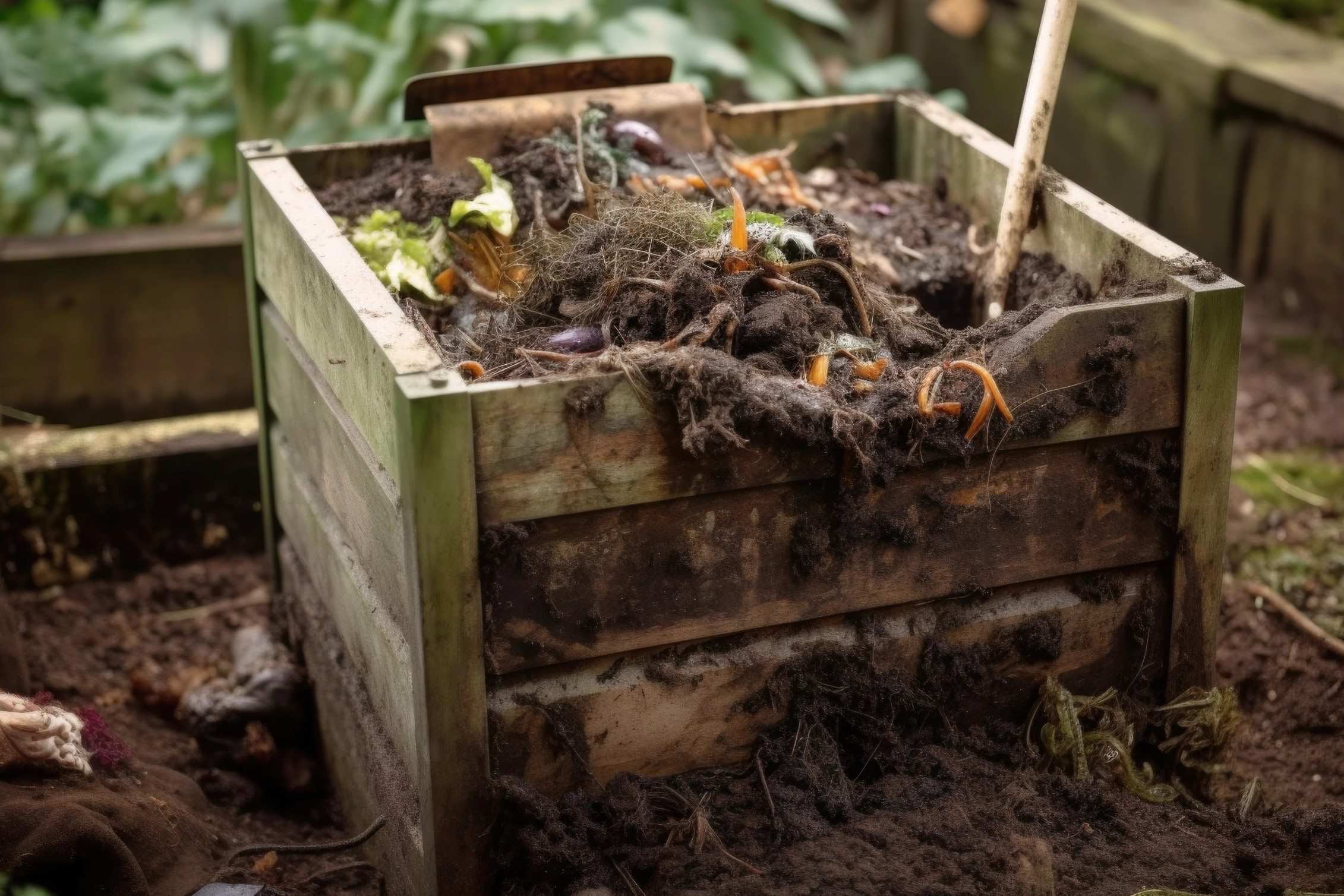
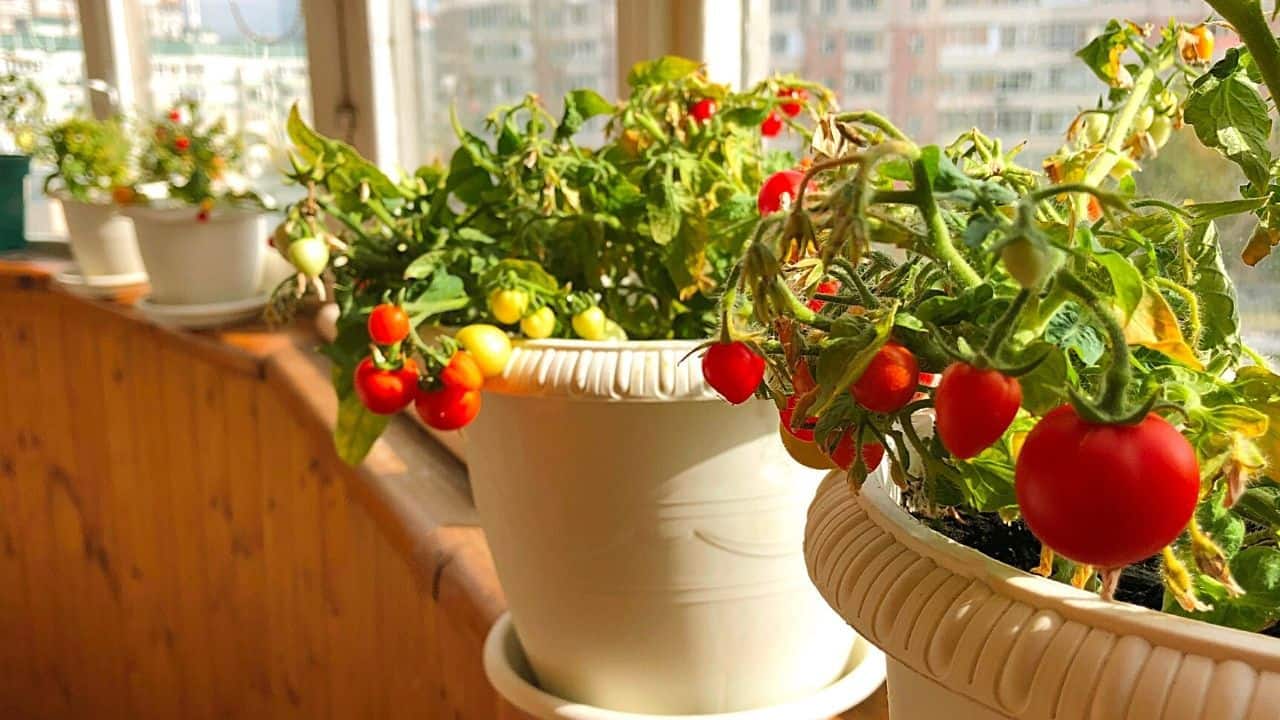
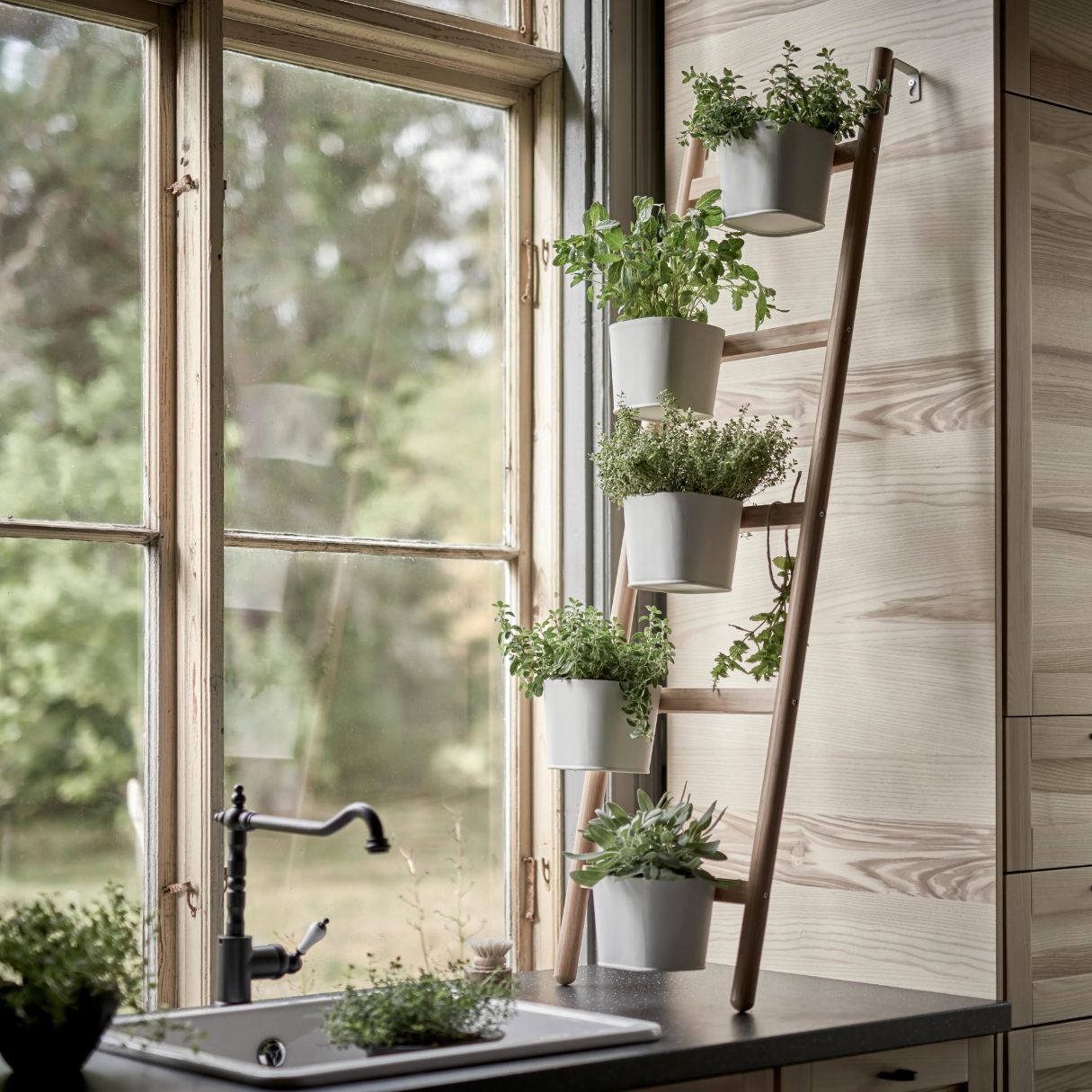
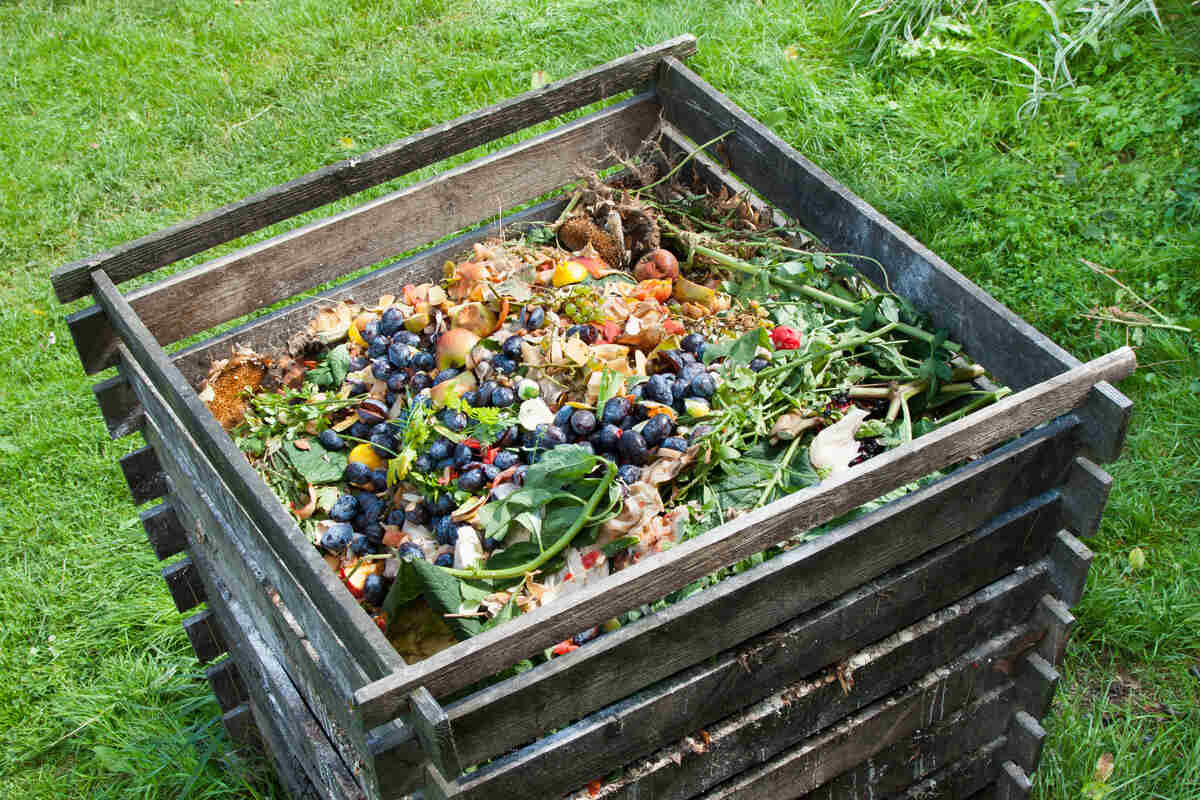
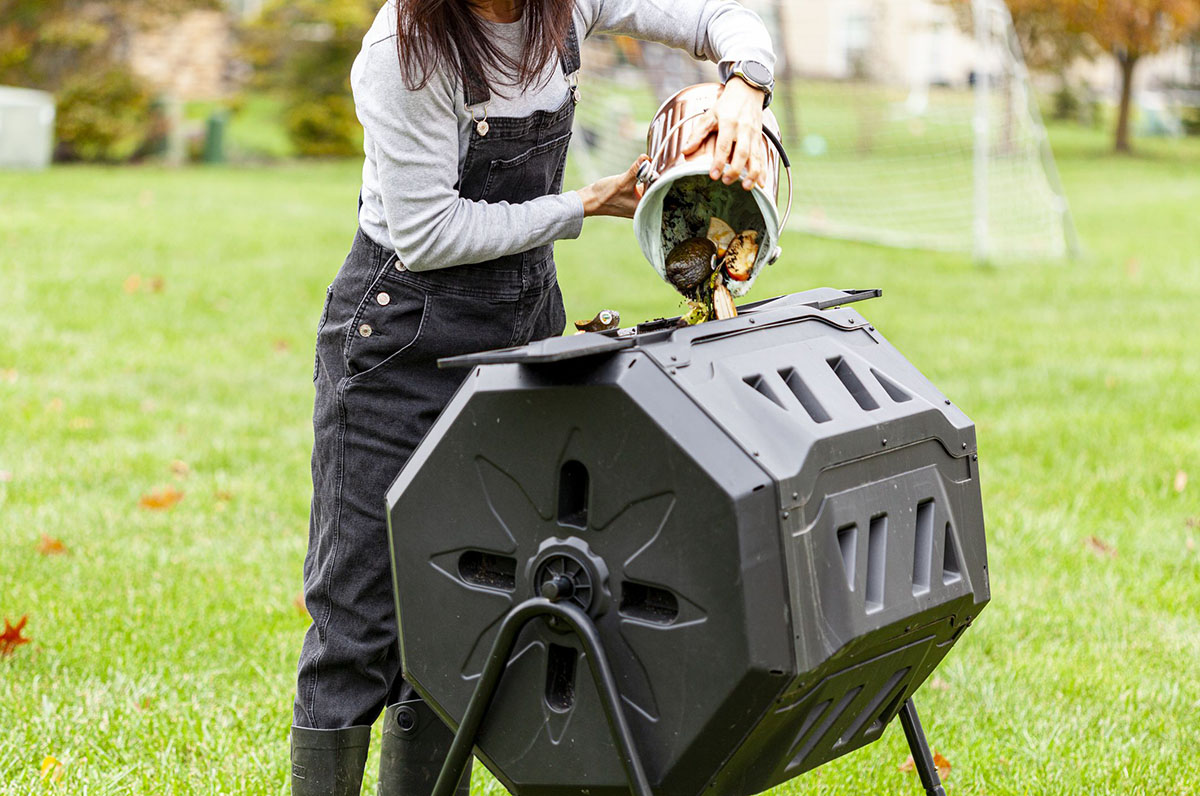


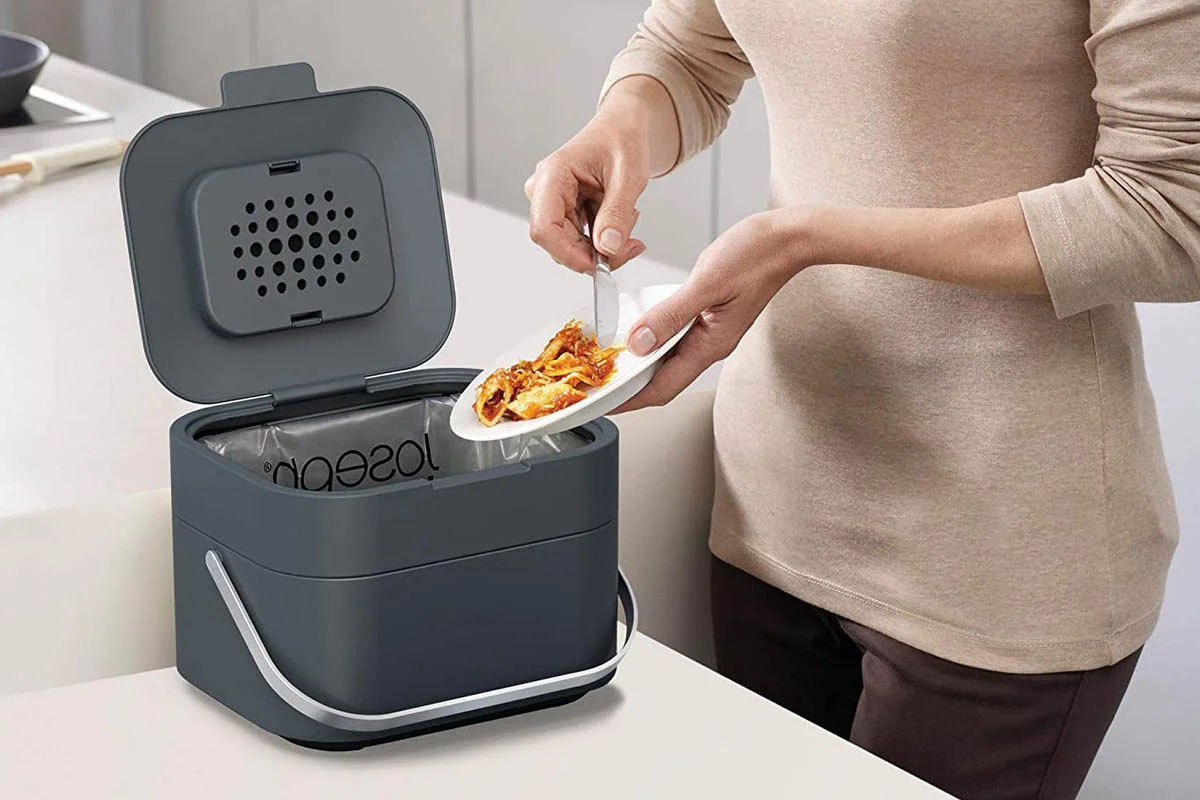
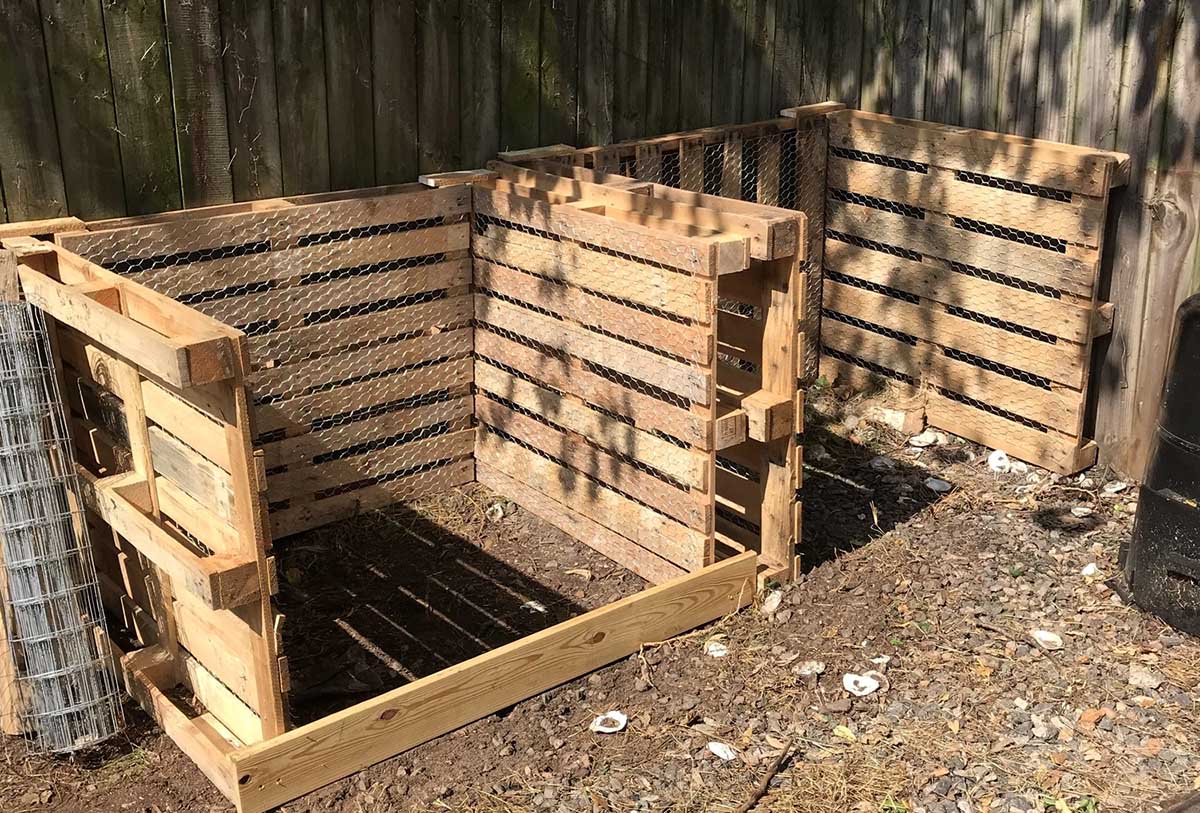
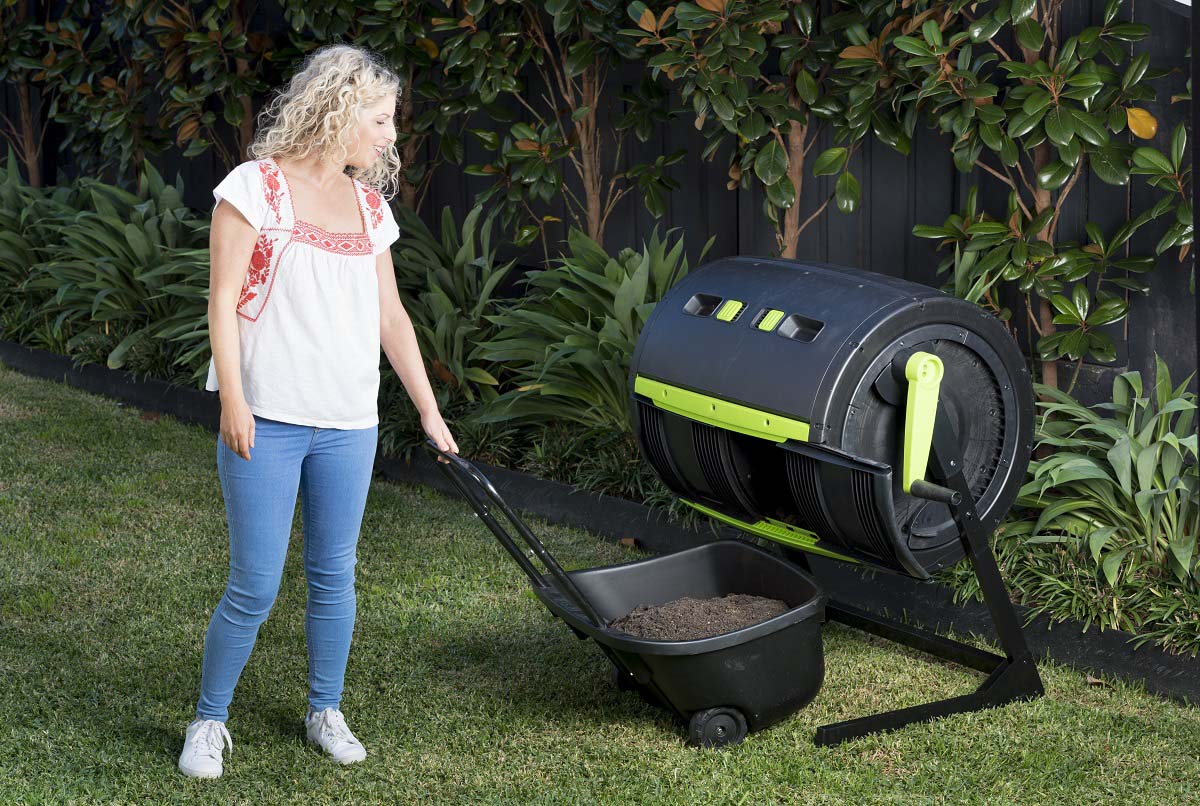
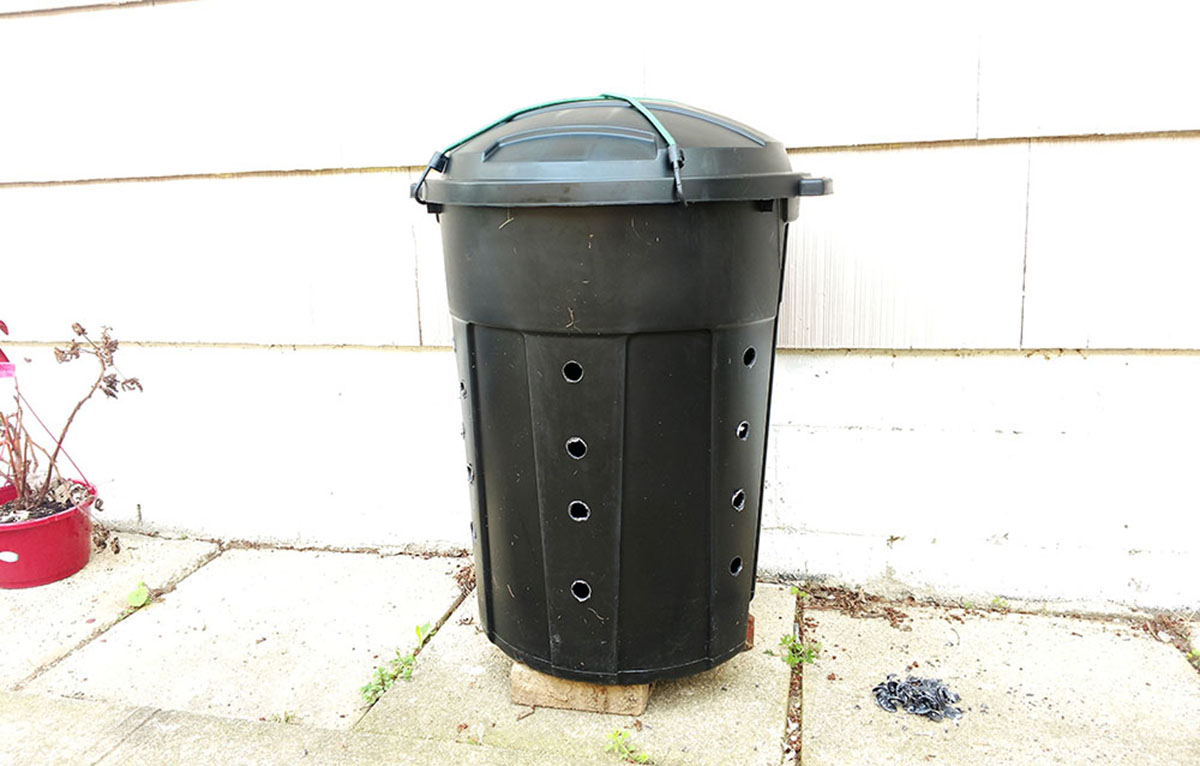
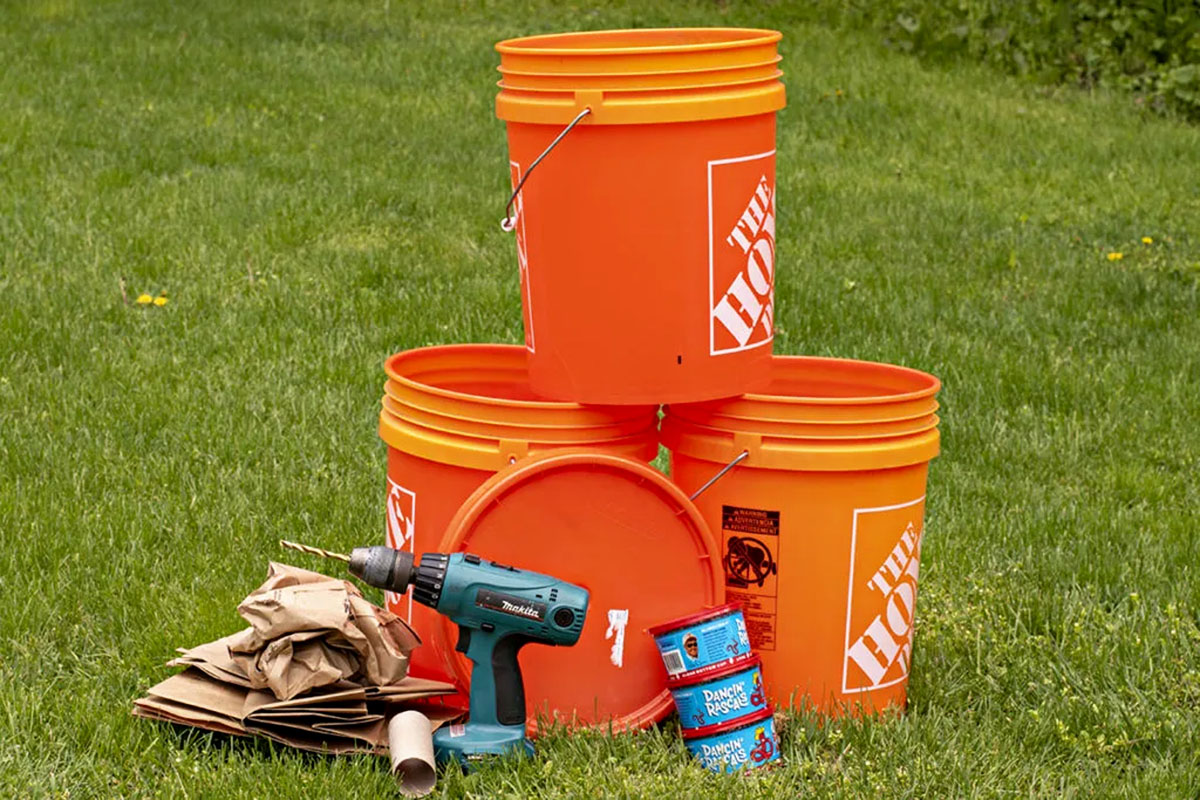
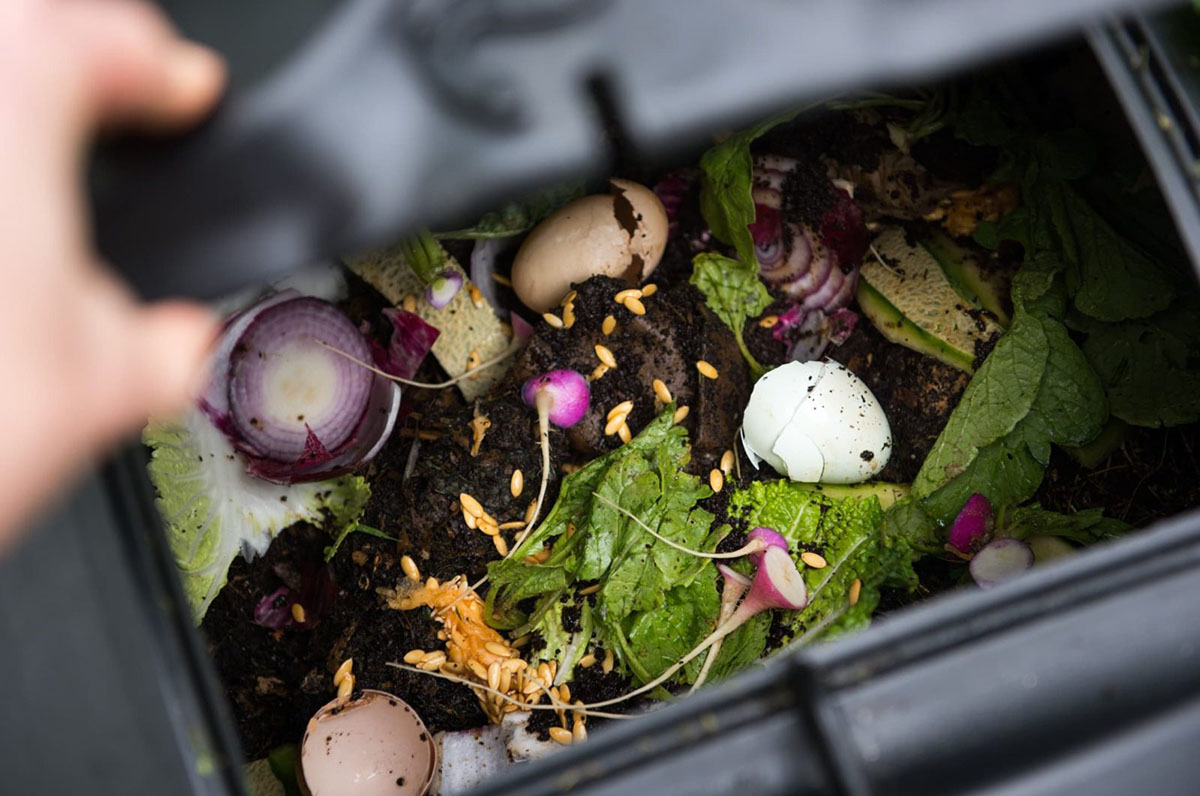

0 thoughts on “How To Store Compost”